Services
Dental Services In Brooklyn, NY
We use the latest technology and techniques to ensure you receive the highest quality care in a comfortable and friendly environment.
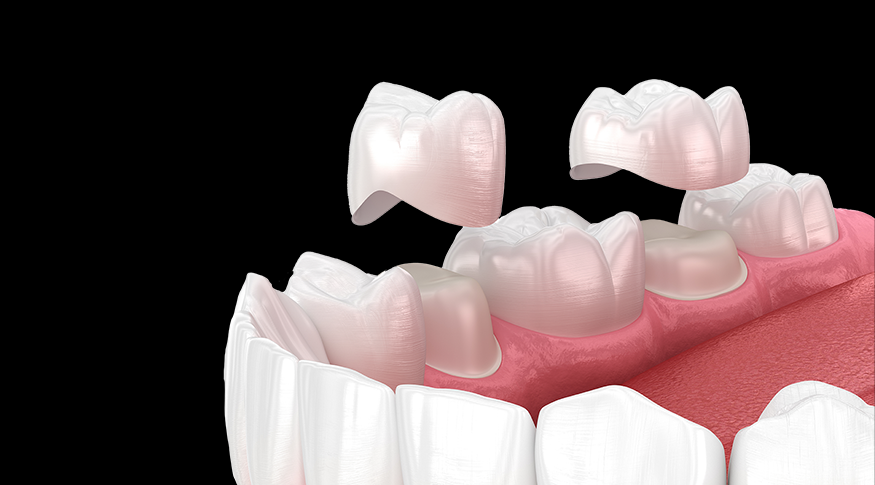
Dental Crown
Dental crowns are a very common, popular solution to repair damaged or unsightly teeth. They take the form of a tooth-shaped ‘hat’ that sits over the problem tooth, encasing it entirely right down to the gum line.
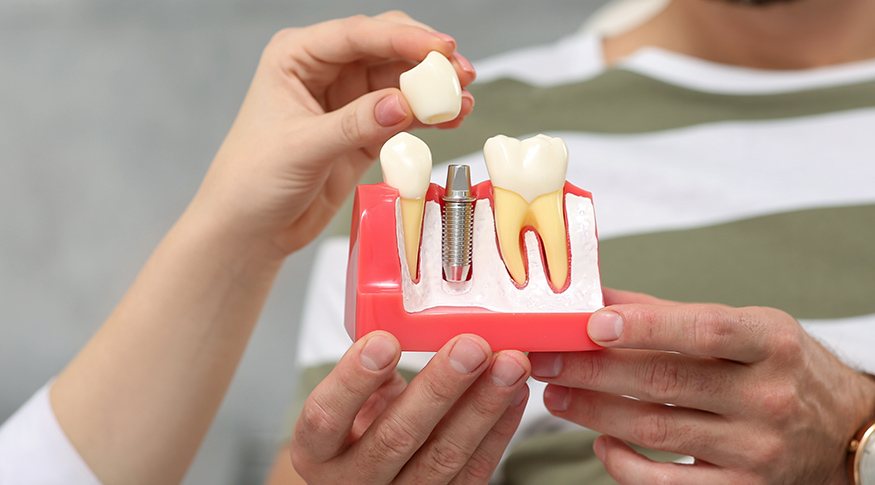
Dental Implants
The newest method in dentistry used to replace missing or extracted teeth is a procedure called dental implants. Dental implants consist of three key components – a screw-like piece of metal called an anchor is first inserted into the jawbone, then a crown that acts as a replacement tooth is placed on top of the anchor, and an abutment is used to secure the two together.
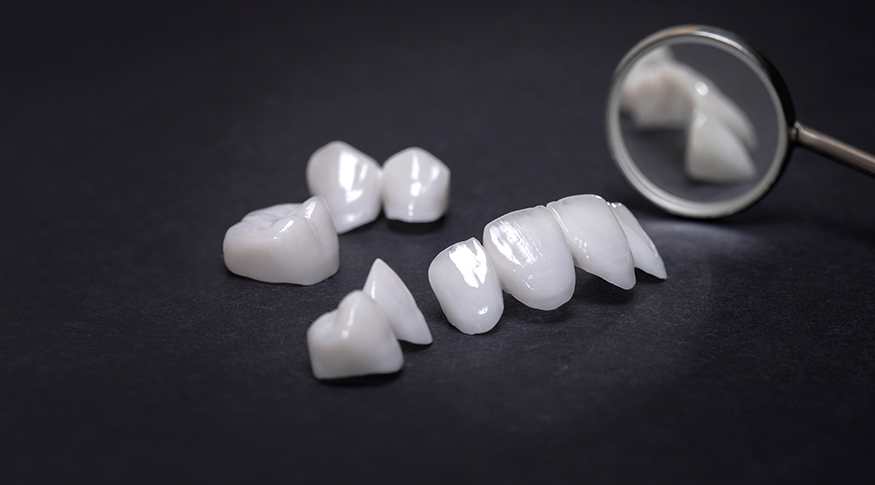
Veneers
Porcelain veneers are arguably one of the most popular cosmetic dentistry solutions currently available. These thin, fingernail-like covers are applied to the outer enamel of the teeth where they work to cover any cosmetic imperfections and improve the overall appearance of the teeth. In doing so, porcelain veneers can transform any smile and give patients greater confidence to share their smiles with the world.

Braces
Most people have not been blessed with perfectly aligned teeth naturally and as such, the number of referrals for orthodontic treatment is growing every year.
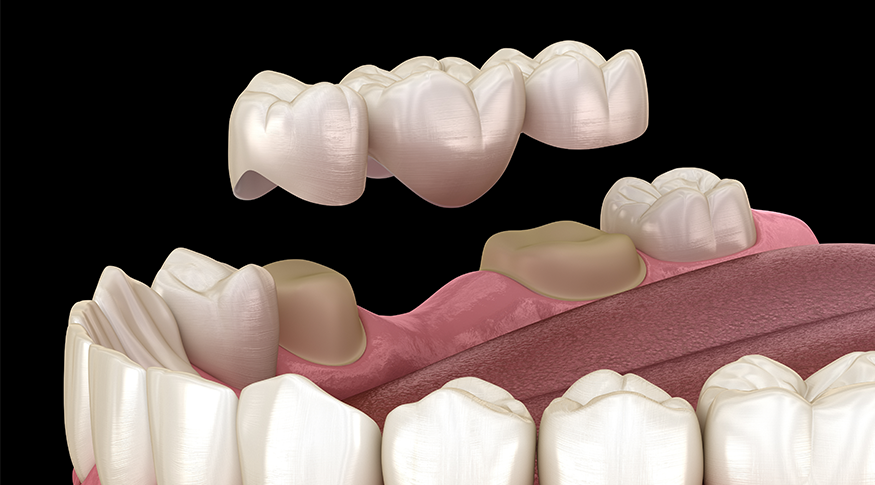
Dental Bridges
Dental bridges fill the gap where the missing tooth would have been by using a false tooth, which looks and feels just like the real thing.

Dentures
Dentures are often a difficult topic for people to discuss. It can be embarrassing for many patients to be able to talk with friends and family about their dental health and for these reasons, dentures may also be surrounded in your mind with a negative stigma.
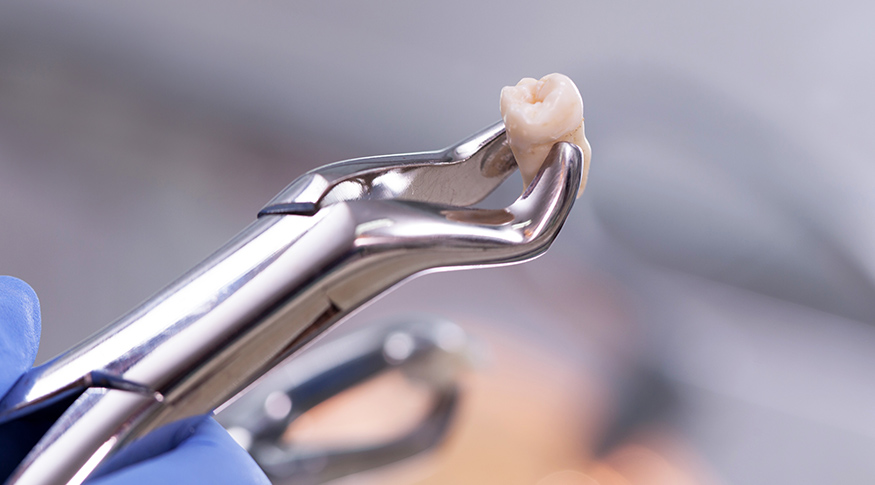
Extractions
Having a tooth removed can be a daunting prospect, and it can help to know what to expect. With this is mind, here is what you need to know about tooth extractions.
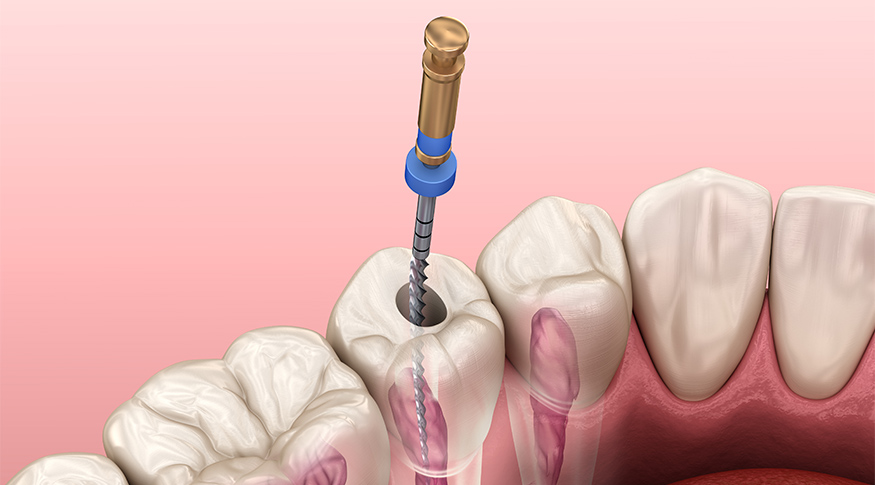
Root Canal
Nothing strikes fear into the heart of dental patients quite like the words ‘root canal treatment’. When the blood or nerve supply of a tooth (often known as the ‘pulp’) becomes damaged through injury, infection, or decay, it can cause the nerve of the tooth to die. Years ago this would have meant that the tooth would have to be removed entirely before the whole area became infected. However, thanks to root canal treatment, it is now possible to save teeth that are at risk from the damaged pulp.
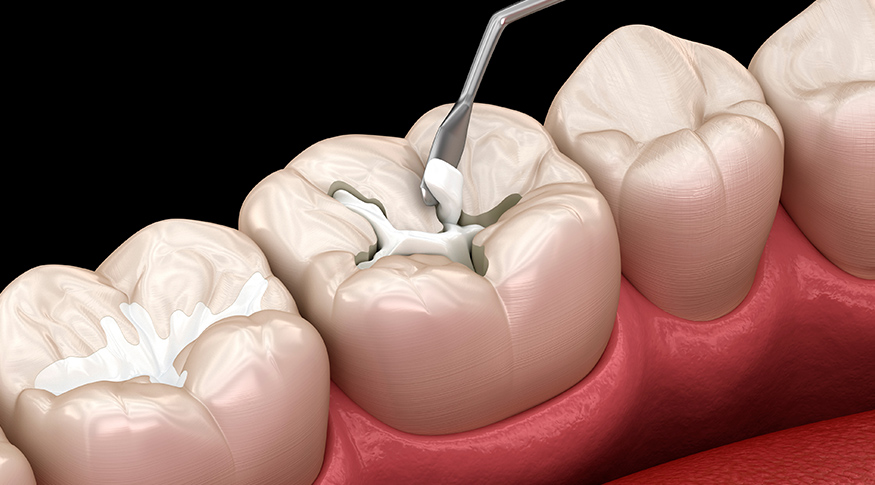
Fillings/Restoration
Fillings are one of the most common dental restorations, used to treat small areas of decay in the teeth. When you need a filling, the decay is drilled out and cleaned so that there is no remaining bacteria, before the hole is filled using a filling.








